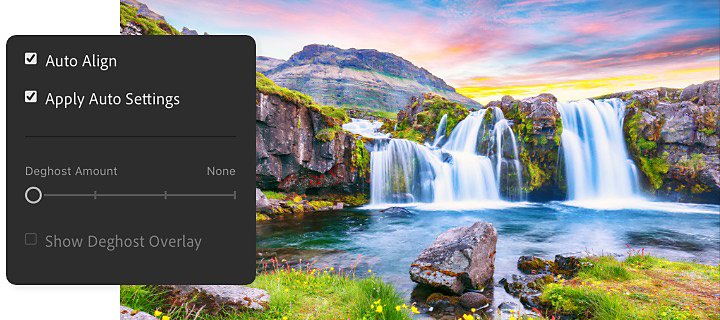
The tool is located in the ‘File’ dropdown menu. Select ‘Automate’ – ‘Merge to HDR Pro’. This tool is more advanced than the HDR software in Lightroom. You can adjust edge glow, tone curve, and color. These change how Photoshop layers the exposures. If you’re new to HDR programs, you might not know how best to edit your HDR photo. Aurora boasts an intuitive interface which makes HDR, which can be hard, much easier. With Aurora HDR, you can use its Quantum HDR engine to merge your photos efficiently for more natural-looking results. Unlike other programs, it does not have so-called presets. Instead, it offers 8 Looks features that include Architecture and Essential. Best HDR Software - Luminance HDR. Luminance HDR is an open-source HDR software developed by Source Forge. The program can add multiple images of the same frame to merge and then change different properties. HDR photography made easy with easyHDR, a HDR photo editor for Windows and macOS. Get stunning realistic or dramatic results. EasyHDR is a photo editor software that uses HDR image processing techniques to make your photos free of unwanted over and under exposures.

Best Software For Hdr Merge Movies


Best Software For Hdr Merge With
After the compensation of alignment and ghost reduction, photos with different exposures will be merged into a digital HDR negative, which is also called a 32-bit float pointing radiance map in the HDR imaging workflow. Compared with conventional 8-bit image formats like JPEG or BMP, the 32-bit float pointing format has the capability to record a much wider range of values, and can thus accurately capture the full dynamic range of the real world. However, a 32-bit float pointing value cannot be displayed or printed on current 8-bit monitors or printers. Therefore, although a 32-bit float pointing radiance map records extremely accurate values, at this stage they are just meaningless numbers from the user's perspective because the results cannot be seen. 'Tone Mapping' is the technology used to convert a 32-bit float pointing format to 8-bit images for display or print. Since 32-bit float pointing radiance map is also referred to as the digital HDR negative, Tone Mapping can be regarded as a kind of photo development, but for digital photos.